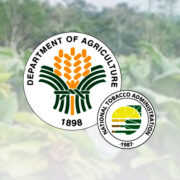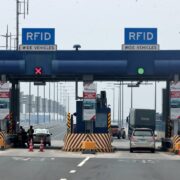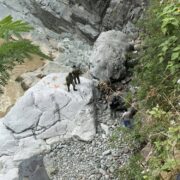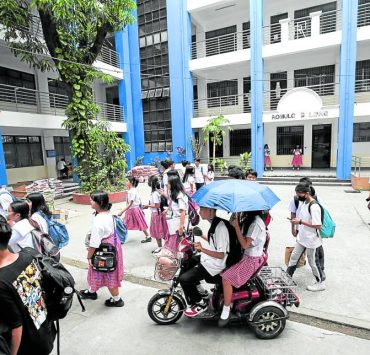Need for clear protocols and guidelines for communities during emergencies

Last April 3, some of my provincemates from Northern Cagayan came across a tsunami warning issued by the Phiippine Institute of Volcanology and Seismology on social media following an earthquake in Taiwan. This advisory caused widespread concern among the public, as the threat of tsunamis is always accompanied by the potential for significant destruction and loss of life.
As a natural reaction, parents, concerned for the safety of their children, immediately went to fetch them from schools without waiting for instructions from the school and government authorities. Some even took it upon themselves to leave their homes and head to higher ground, while workers abandoned their public and private offices without hesitation. This level of proactivity displayed by the public is commendable, as it shows a sense of responsibility and awareness of the potential dangers posed by natural disasters like the Taiwan earthquake.
However, amid these commendable actions, there were concerns raised about the lack of clear protocols and guidelines in place for such situations. One friend expressed her worry about the delay in coordinating efforts between municipal and barangay disaster risk reduction and management (DRRM) councils, highlighting the importance of having predetermined protocols for the public to follow during emergencies.
It is crucial to have established protocols and guidelines in place to ensure that everyone knows what to do during a disaster. This can help minimize confusion, prevent panic, and ultimately save lives. By having a clear set of instructions on where to go, what to bring, and how to stay safe during a tsunami threat, people can act quickly and decisively without needing to wait for the municipal and barangay DRRM councils to meet and rely solely on their official advisories.Let us engage in regular drills and exercises to supplement our preparedness. The public must become familiar with these protocols to ensure readiness for any situation. Just as fire drills are practiced in schools and workplaces, it is just as important to conduct exercises for natural disasters like tsunamis. By educating and training our people on emergency procedures, we can empower them to act swiftly and protect themselves and their families.
The uncoordinated response to the tsunami advisory serves as a reminder of the necessity to be prepared and proactive during crises. While social media serves as a valuable tool for disseminating information and providing guidance, there is still a need for clear protocols and regular drills to ensure everyone knows how to respond effectively in emergencies. Let us not wait for a crisis to strike before taking action. Instead, let us be proactive, prepared, and united in our efforts to safeguard our communities and prioritize our safety and well-being.
Reginald B. Tamayo
Marikina City,
reginaldtamayo@yahoo.com

















